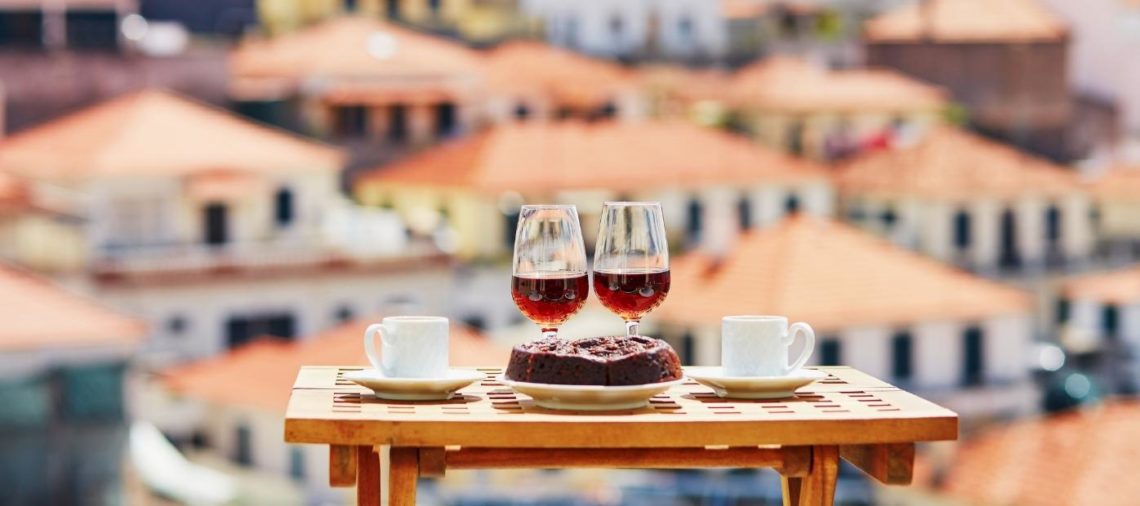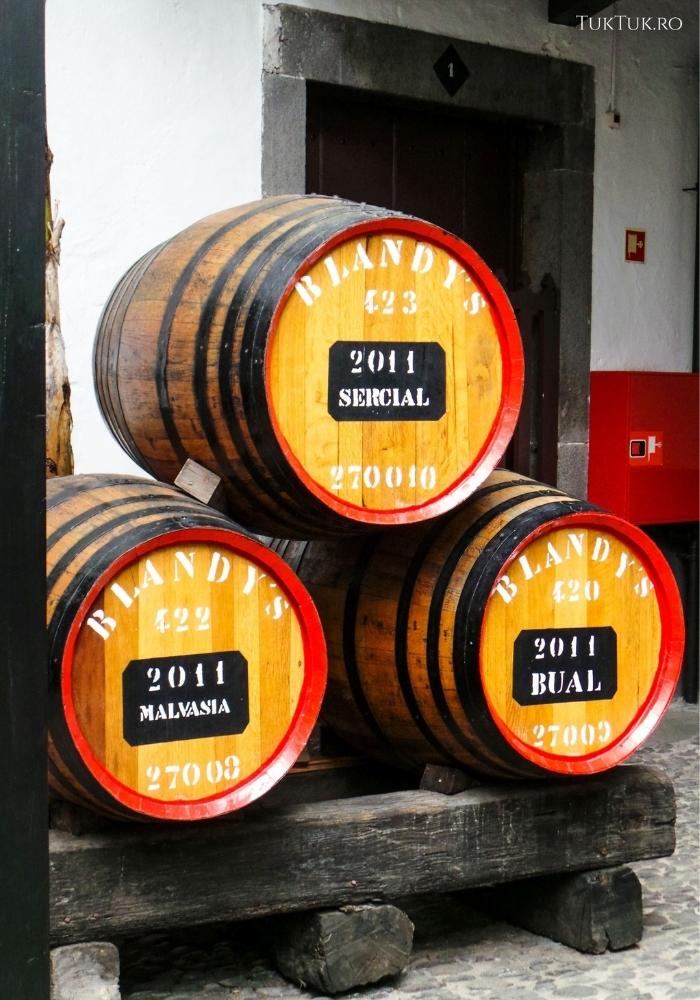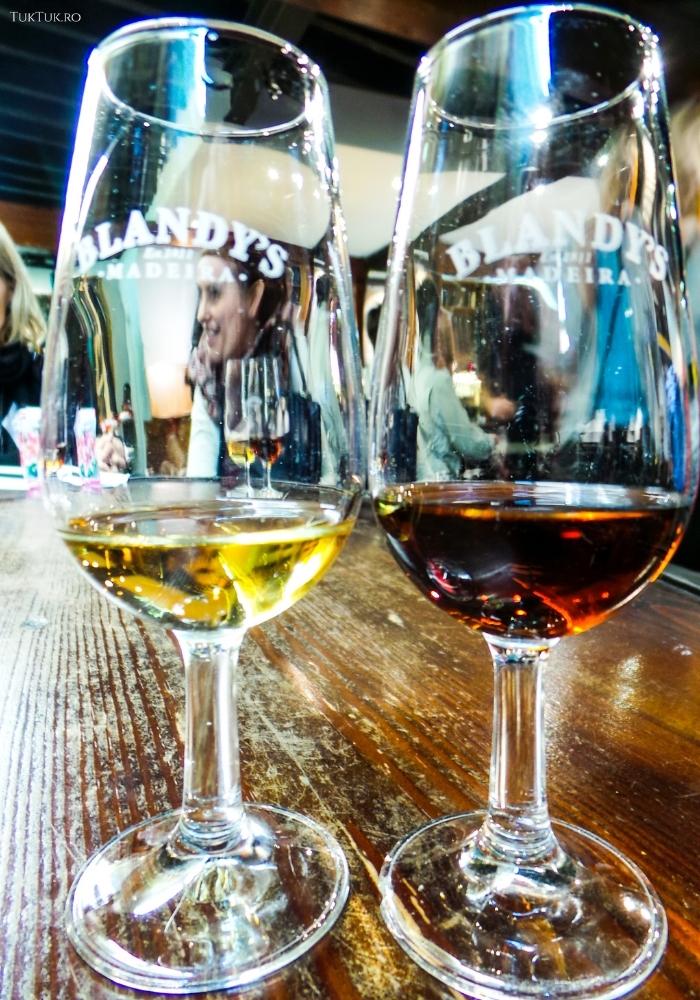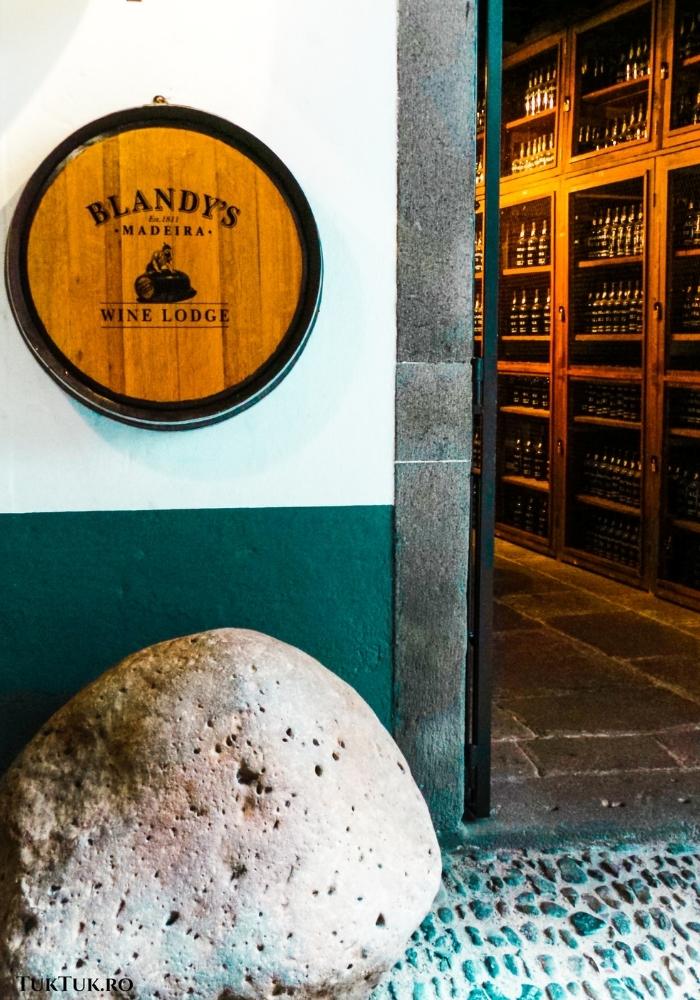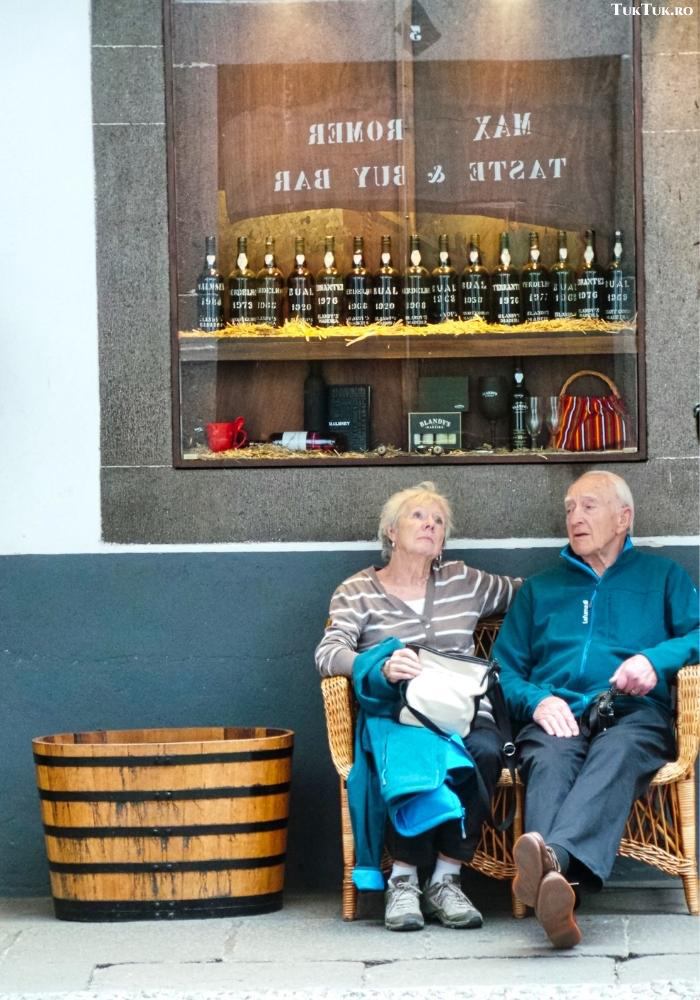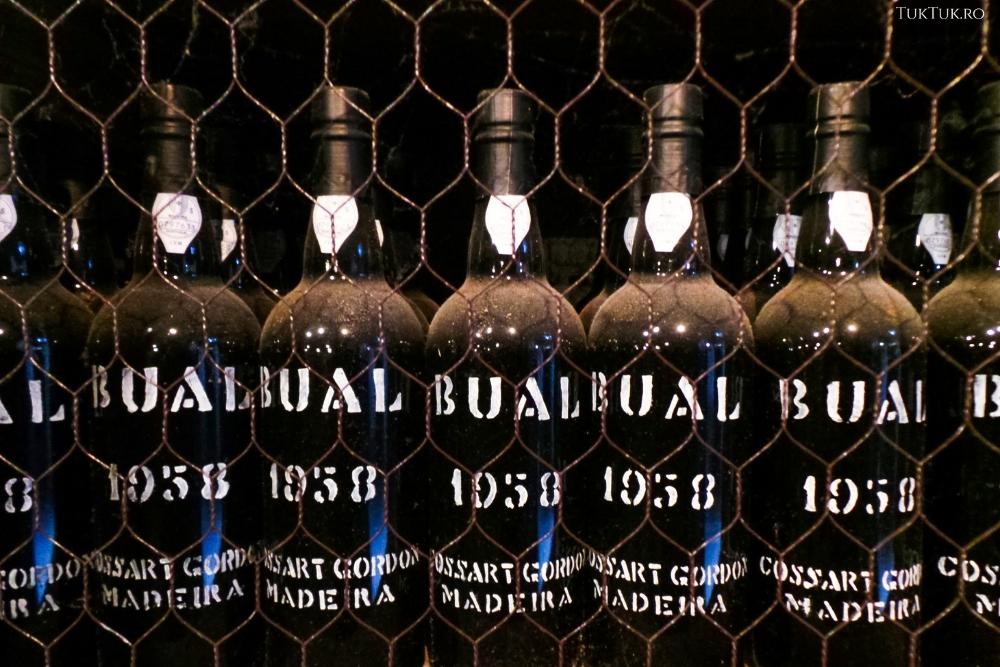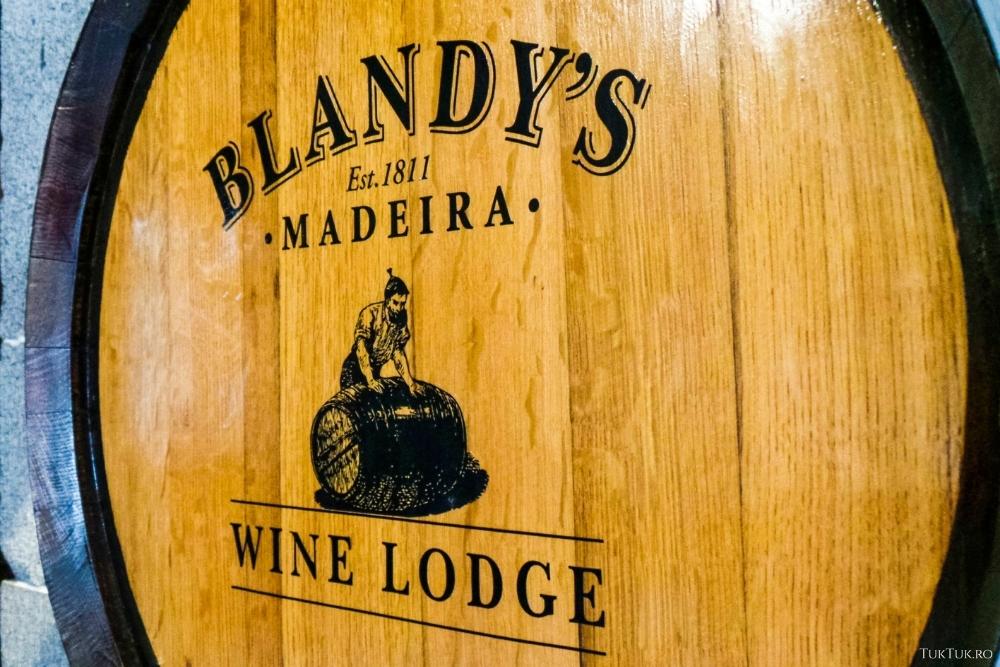What’s the first thing that comes to mind when you hear about Madeira? I’ll tell you: wine. However, after passing your memories of a general culture of Bacchus essence, the name with exotic glimpses may remind you of an island in the Atlantic, belonging to Portugal. And also, of a mysterious land that you would like to explore. I searched the island of Madeira for four days, discovering a fantastic world that blends colored elegance with unexalted exoticism, the charm of nature with the warmth of people, the permanent taste of passion fruit with the passion for life. Let’s see how I tasted some good Madeira wines in Funchal.
Happy landing on the crazy driveway of Funchal airport
It all started with a… landing. In other words, with the chance to stay for a quarter of an hour in the cockpit of the pilots of the airline TAP Portugal (I was flying from Bucharest). I confess that I had never been in the cockpit before, and if I had to choose from now, at check-in, between the aisle, the window, or the one behind the pilots, I would choose the last one without thinking.
Orson Welles once said that there are only two types of emotion on the plane: boredom and terror. Wrong, very wrong: probably the great actor was never in the cockpit. Because it would undoubtedly add fascination to this not particularly appetizing list. There’s nothing more fascinating than to break through the thick ceiling of clouds, which, within seconds, would stretch underneath you like a fuzzy blanket, lit by the peaceful dawn, and suddenly discover the world underneath, with an island thrown into the ocean thousands of years ago by a nervous volcano, which seems full of life and harmony.
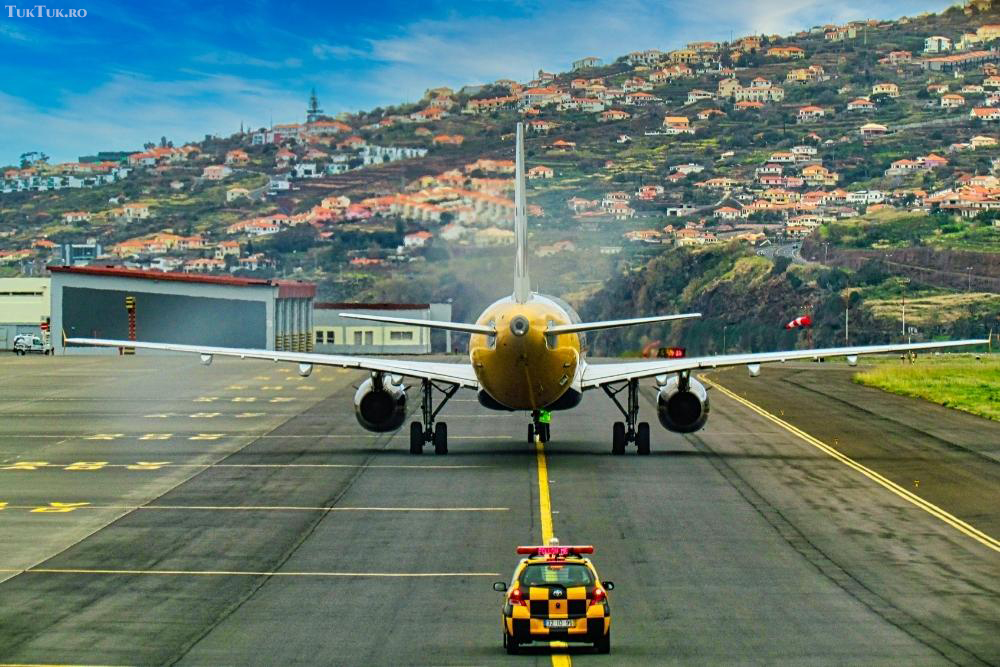
Even more so, the impatience of landing is growing, and by carefully watching the skillful pilots, you realize that, indeed, if the engine is the heart of the plane, the pilots are his soul. Only then do you suddenly remember that Madeira airport is included by pilots in the top 10 most dangerous airports for landing. The Madeira runway emerges as a dangerously positioned concrete carpet at the ocean’s edge.
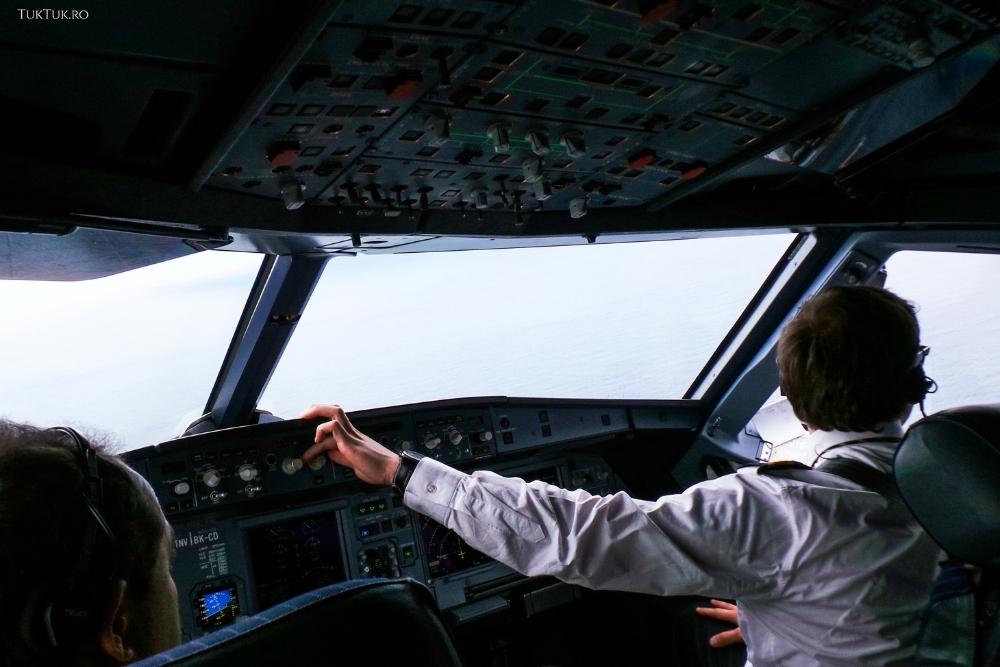
The runway was only 1.4km long until 2003, when it was doubled. It is flanked on one side of the ocean and the other by the mountain. But TAP Portugal pilots know very well what to do. The plane positions itself perfectly in front of the runway and sits smoothly along with it. It’s easier than sitting in the seat of a regular passenger. And thousand times more beautiful. TAP Portugal pilots greet each other from their looks before completing their landing procedures.
I find myself in the middle of hundreds of buttons, LEDs, and displays, applauding in my mind, like a hysterical goon, not knowing with which device to still photograph, film, not to miss a moment of this experience. For me – unique. For the two pilots – routine: part of the daily job.
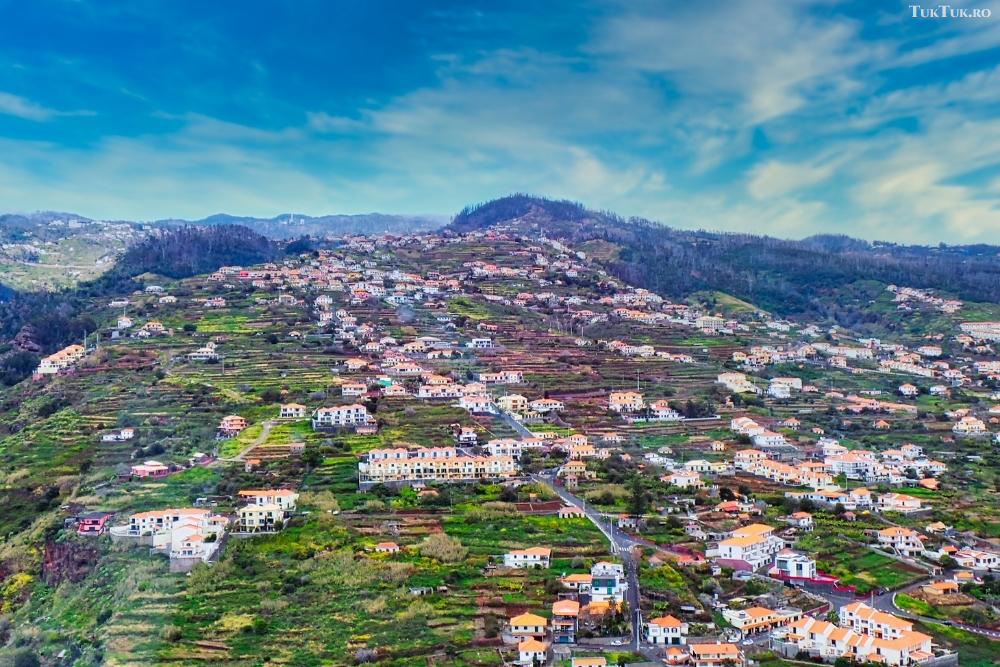
We’re in early March, but it’s hot in Madeira. A subtropical climate makes the island a perfect destination for any season, despite a relatively high humidity (70%). Somewhere at 17 degrees, the temperature is maintained relatively constant over the winter, increasing in the summer to no more than 25-26 degrees.
A little later, talking to the friendly driver, Miguel, about the snow in Madeira, I found that, however, it does exist. 3-4 times a year and only at altitudes of 1800 meters, moments when those from the lap rush to the peak to contact the “phenomenon.” And possibly to sled. The classic one, because there are others, less usual, in another part of the island.
Miguel makes jokes in the minibus that transports us to the hotel Porto Mare, located in the tourist area near the capital Funchal. Miguel is a small Portuguese of stature, dressed casually, with jeans and a blazer, who knows how to be sympathetic when it’s time to be sympathetic. Sometimes he makes jokes, which he laughs at with noise, and then he suddenly stops, especially at the jokes that people only laugh at his laugh.
But Miguel is more than an experienced driver (“if you know how to drive in Madeira, you know how to drive anywhere” – he would say the following days when we were descending through an infamous mist, from Pico dos Barcelos on one of the narrow, meandering mountain roads of the island). It’s a mini-guide who knows his house perfectly and who feels obliged to “get out of it.” It complements well with Sandra, our official guide, from the Regional Secretaria da Cultura, Turismo e Transportes, who quickly became “part da familia“, for her positive openness, humor, and madness.
The nearly 20 km to the hotel reveals the beauty of Madeira, bathed by the solar show. A symphony of colors, no matter how cliché this description is. Houses, thousands of houses with orange roofs, located on the hills and surrounded by vegetation: forests, orchards, bushes, flowers. On the roadside, bananas with bunches of green bananas, mangoes, oranges, mandarins, passion fruit bushes, and other such “exoticism” that locals consider, obviously, ordinary, and the visitor who comes from his Carpathian apple orchard, perceives them as being in the garden of Heaven.
The Madeira wine story, told in Funchal
What better start a story from Madeira than the wine story? That’s the Madeira Wine Company, Blandy’s Wine Lodge. In the center of Funchal, this place offers the visitor the whole experience of producing Madeira wine and the history of the British family Blandy.
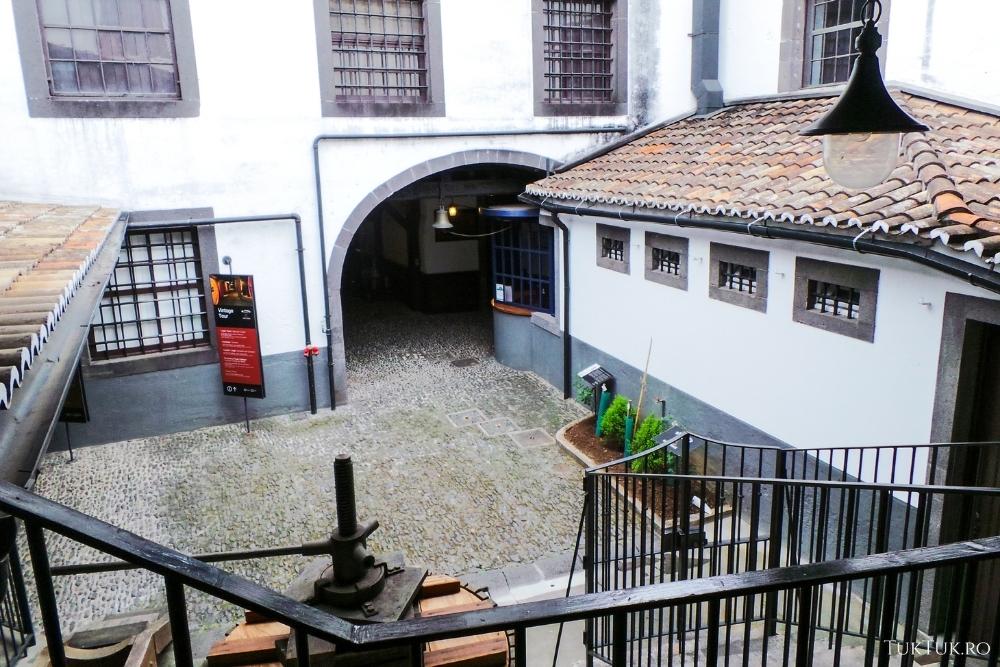
You find out about the various wine varieties on the island (4 main – Sercial, Verdelho, Bual, Malmsey). Here you visit the cellars where the local wines are produced, stored, sold, and exported. You enjoy the museum where multiple objects have gone through history (registers, catalogs, a wine press dating back to the 17th century, utensils, etc.). Also, in the cramps of the location, you can admire the wine bottles beautifully ordained according to the age, with the corresponding dust caressing their stoppers.
At the end of the tour, you sit on a small stool in the wine tasting room, take them in line, open your wallet, and buy. Or not. The prices are not relatively high – for a bottle of good wine, you take about 16 euros out of your pocket.
Madeira wine is not a wine that pleases everyone. It’s not table wine. It’s the sort of liqueur but thinner, with that pronounced taste of cognac, like old wines. The range is varied, from sweet to dry, but sweet and semi-sweet wines predominate. White wines also predominate overwhelmingly, and even if some of them have a darker color, most often towards brown, it is not due to the grape variety but to the caramel of the wine sugar.
The uniqueness of Madeira wine is not because it is a liqueur. The typical color of Madeira wine is amber with caramel, and somebody can quickly get a quality conversation with a glass of 5, 10, or 15 years old wine. At the same time, it is also oxidized and “prepared.” There is even a specific term, “maderization”, which refers to the oxidation and heating process of the wine. This was to follow the visit to the Madeira Wine Company: a delicious dinner, not before a light walk through the capital city of Funchal.

